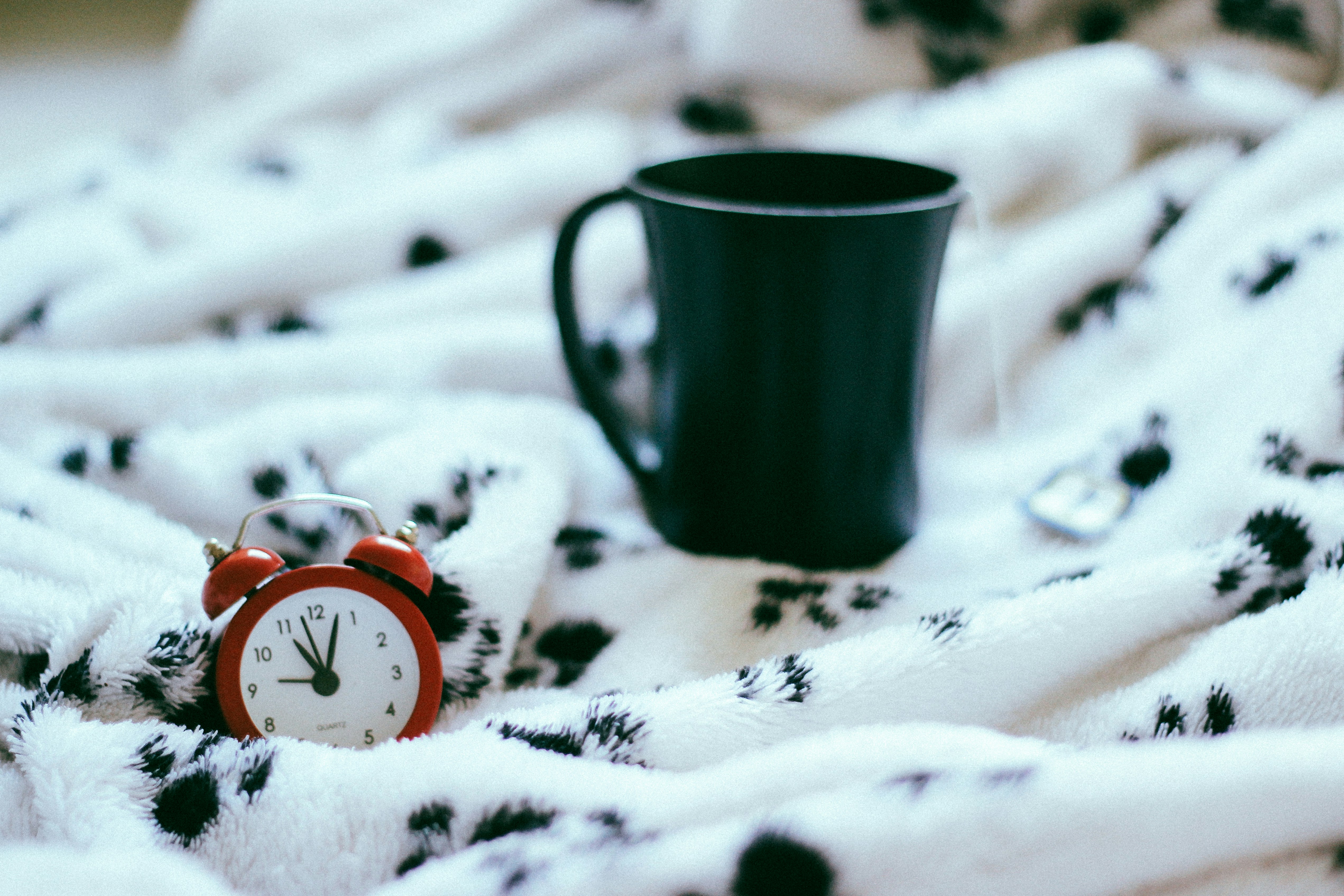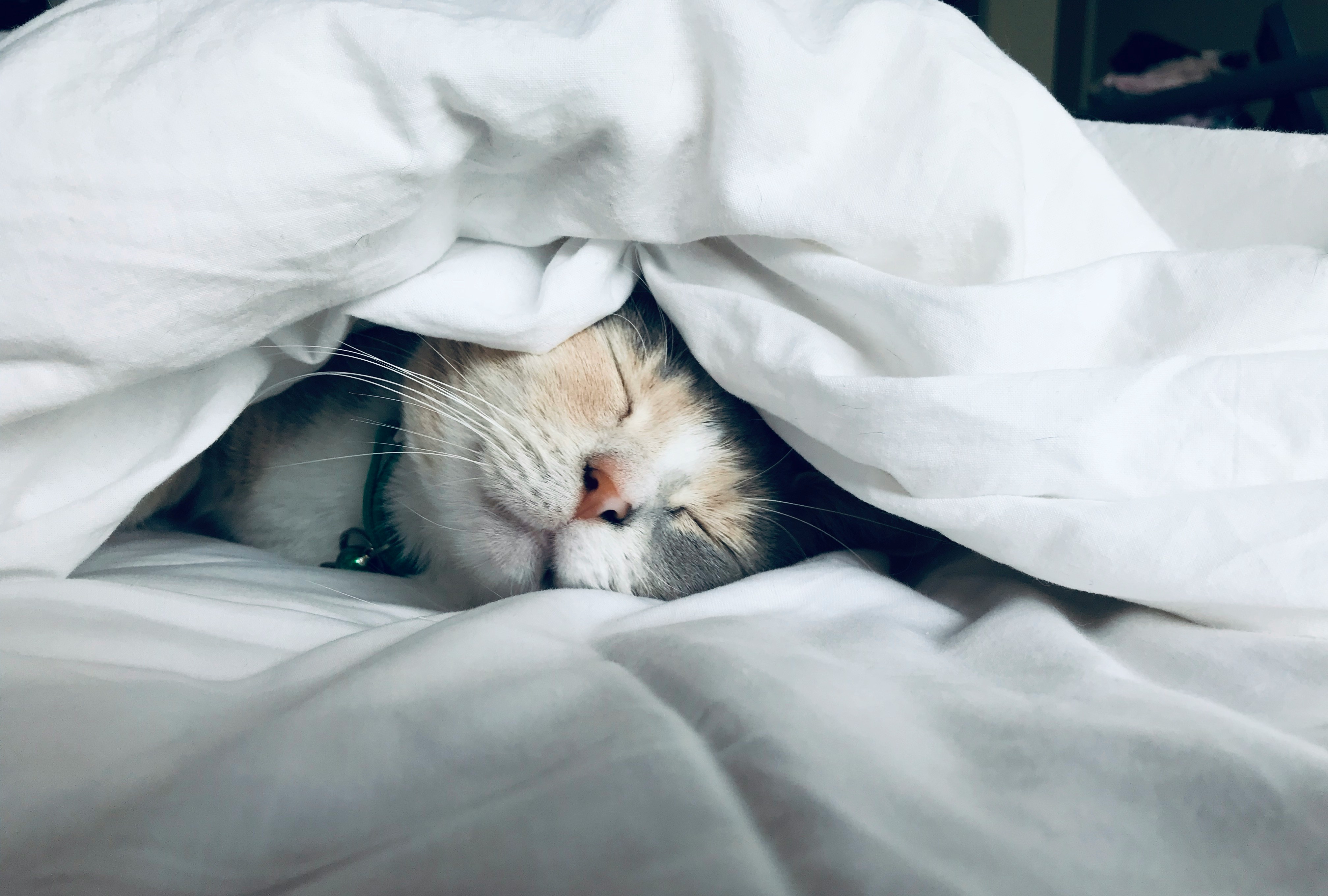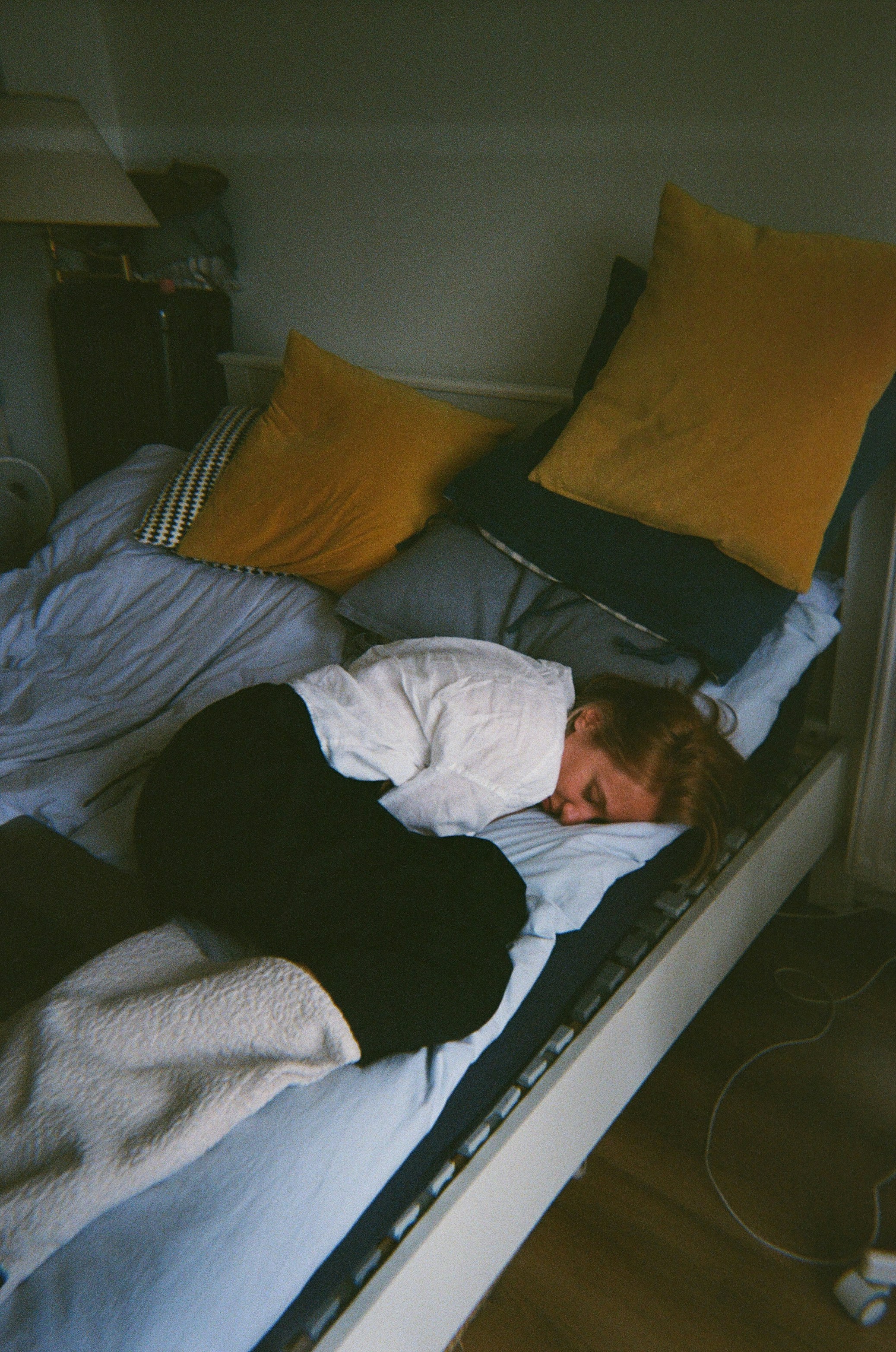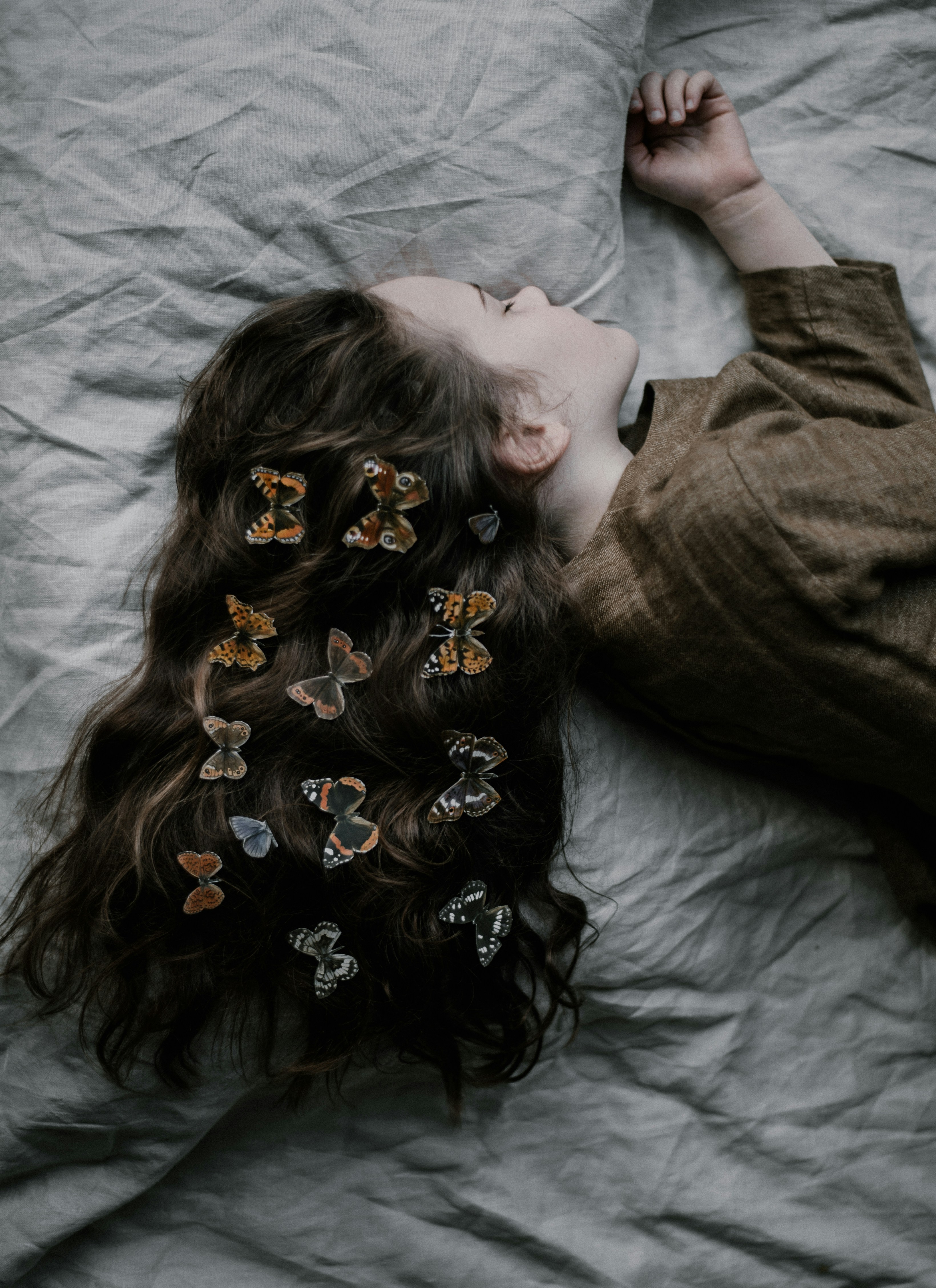The Impact of Blue Light on Sleep: Myths and Facts
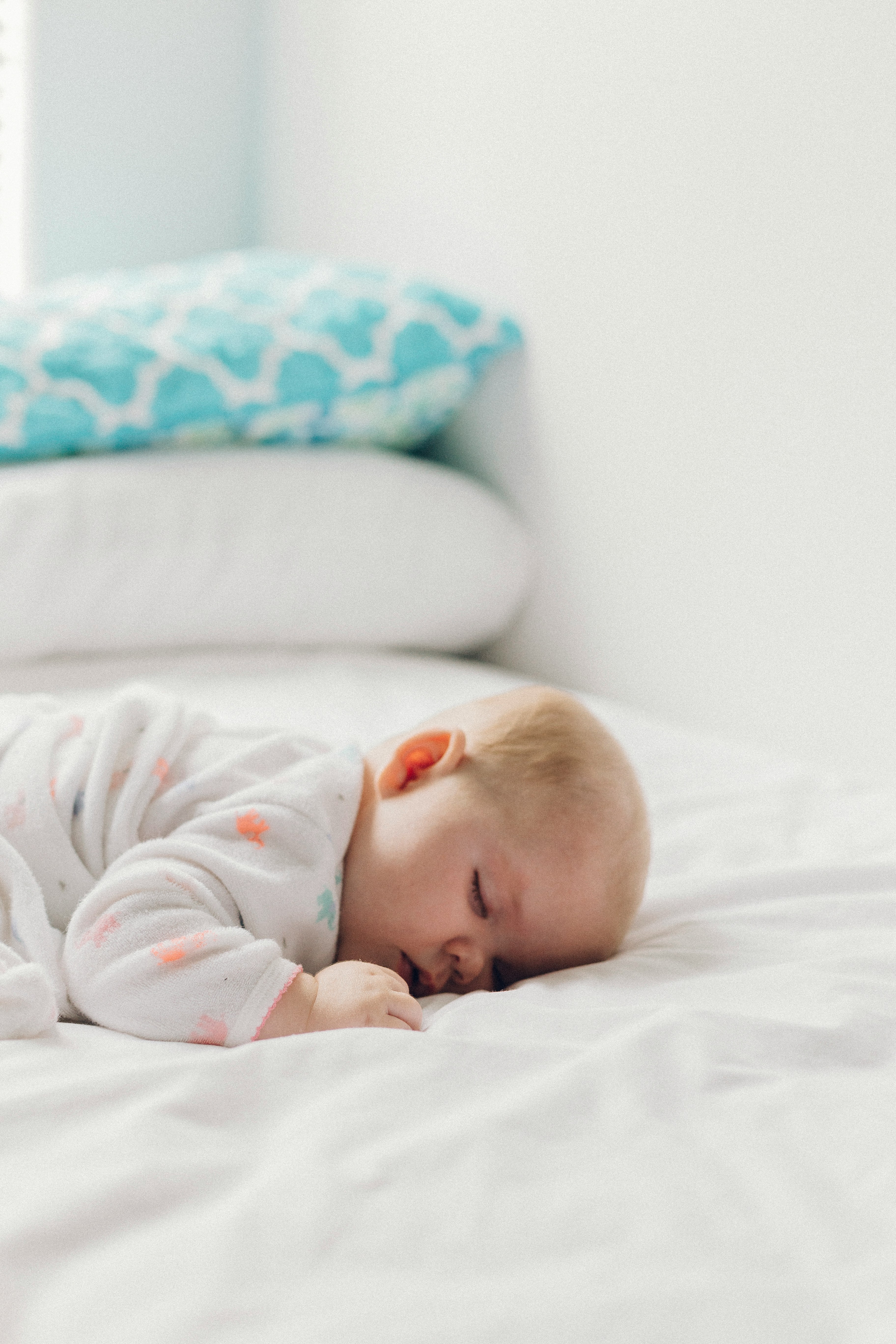
The Impact of Blue Light on Sleep: Myths and Facts
In our screen-saturated world, blue light has become the villain of the modern bedtime routine. But how much truth is there in the warnings about blue light disrupting your sleep? Let's explore the science, myths, and practical solutions surrounding blue light exposure.
What Is Blue Light?
Blue light is a part of the visible light spectrum, with a wavelength between 450–495 nanometers . It’s present in:
- Sunlight (natural source)
- LED screens: smartphones, tablets, computers
- Energy-efficient lighting (LED and fluorescent)
Not all blue light is harmful. In fact, it plays a vital role in regulating your circadian rhythm.
Circadian Rhythms and Melatonin
Your body’s internal clock is governed by the suprachiasmatic nucleus (SCN) , which responds to light and darkness. Blue light influences this system by suppressing the release of melatonin , a hormone that promotes sleep.
Daytime Exposure: Beneficial
Blue light exposure during the day can:
- Boost alertness
- Improve mood
- Enhance cognitive performance
Nighttime Exposure: Disruptive
Blue light at night delays melatonin production, making it harder to fall asleep.
Myths vs. Facts
❌ Myth: All blue light is bad
✅ Fact : Daytime blue light is essential for healthy circadian rhythms.
❌ Myth: Night mode completely solves the problem
✅ Fact : Night mode reduces blue light intensity but may not eliminate the negative effects.
❌ Myth: Only screens emit blue light
✅ Fact : Overhead LED lights also contribute significantly to blue light exposure.
Research Evidence
- A Harvard study found that blue light suppressed melatonin twice as long as green light and shifted circadian rhythms by 3 hours .
- People exposed to blue light before bed took longer to fall asleep and had reduced REM sleep .
Effects of Blue Light on Sleep
- Delayed sleep onset
- Reduced sleep quality
- Less REM and deep sleep
- Increased next-day fatigue
For teens and children, whose circadian systems are more sensitive, the impact can be even greater.
How to Minimize Blue Light Disruption
1. Screen Hygiene
- Avoid screens 1–2 hours before bed
- Use blue light filters or apps like f.lux or Night Shift
- Dim screen brightness in the evening
2. Lighting Choices
- Use warm-toned lighting at night (2000–2700K)
- Consider red or amber bulbs for bedside lamps
3. Blue Light Glasses
Special lenses can block a portion of blue light. Though effectiveness varies, some users report improved sleep quality.
4. Get Morning Sunlight
Morning exposure to natural blue light helps reinforce healthy sleep-wake cycles.
Should You Eliminate All Blue Light?
No — blue light isn’t inherently bad. The goal is timing :
- Maximize during the day
- Minimize after sunset
Balance, not avoidance, is key.
Conclusion
Blue light is both a friend and foe, depending on when you’re exposed. By managing your screen time and lighting environment, you can harness the benefits of blue light during the day while protecting your sleep at night.
Tags : Blue Light , Technology , Melatonin , Sleep Hygiene , Screens

